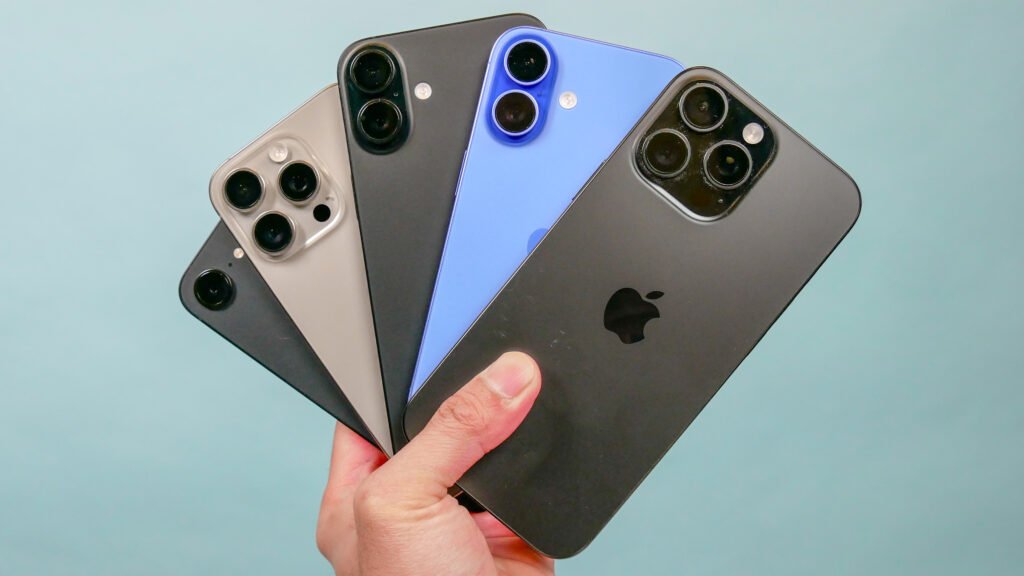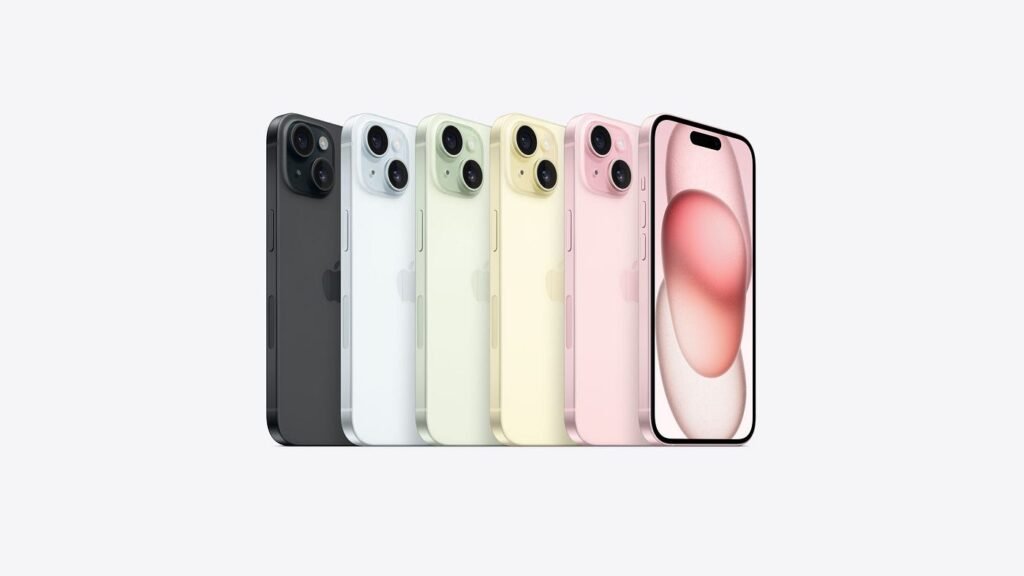NEW CUSTOMS VALUES ANNOUNCED FOR IPHONES: WHAT YOU NEED TO KNOW
The smartphone industry, especially the market for high-end devices like the iPhone, is constantly evolving. While consumers eagerly await new features, better camera capabilities, and improved performance, the costs associated with obtaining these devices often go unnoticed. One of the most significant factors influencing the cost of imported smartphones is the customs value, which plays a crucial role in determining the final price of these products once they reach consumers.
Recently, changes in the customs values for iPhones have caught the attention of consumers, businesses, and industry experts. These shifts are significant as they have the potential to affect the prices of iPhones in various countries. In this blog, we will explore the new customs values announced for iPhones, their impact on the market, the factors influencing these changes, and what consumers and businesses can expect going forward.
WHAT ARE CUSTOMS VALUES AND WHY ARE THEY IMPORTANT?
Customs values refer to the declared value of goods imported into a country, used by customs authorities to determine the amount of taxes, duties, and other charges that need to be levied on the goods. This value is based on various factors, including the product’s cost of production, shipping expenses, and any additional costs associated with bringing the product into the destination country.
In simpler terms, the customs value is the foundation upon which import duties and taxes are calculated. For smartphones like the iPhone, customs authorities assess the value of the product, and the respective government imposes a duty based on that value. The duty may be a percentage of the value, a flat fee, or a combination of both, depending on the country’s trade policies and economic conditions.
Understanding how customs values are determined is important because the customs duty, taxes, and any other fees associated with the product directly influence its final retail price. Higher customs values usually result in higher import duties, which in turn leads to an increase in the cost for consumers. Conversely, lower customs values may lead to reduced import costs, which could lower the price of iPhones and other imported goods.

THE RECENT CHANGES IN CUSTOMS VALUES FOR IPHONES
In recent months, several countries have announced new customs values for iPhones, sparking significant changes in how these devices are priced and imported. These adjustments are part of a broader trend where customs values are being recalibrated to reflect changes in the global economy, technological advancements, and shifts in trade agreements between countries.
1. HIGHER CUSTOMS VALUES IN SEVERAL REGIONS:
A major trend in the revision of customs values for iPhones has been the general increase in the declared values of these devices. In some countries, customs values have been raised to better reflect the increased cost of importing technology products. These increases are often a result of inflation, exchange rate fluctuations, and shifts in international trade dynamics. When the cost of goods rises due to these factors, customs values are adjusted to reflect these changes, resulting in higher import duties and taxes.
This increase in customs values means that importers and retailers are now facing higher costs to bring iPhones into their respective countries. As a result, the end consumer is likely to see an increase in the retail price of iPhones in regions where these adjustments have been made.
2. CUSTOMS VALUES VARY BY MODEL:
Another significant change is that customs values are now being differentiated based on the specific model of iPhone being imported. For instance, the iPhone 14, iPhone 14 Pro, and iPhone 14 Pro Max might each have different customs values due to their distinct specifications, features, and retail prices.
The Pro models, which feature advanced technology like improved cameras, faster processors, and higher storage capacities, tend to have higher customs values compared to the standard models. This differentiation reflects the higher production costs associated with these devices and the added value they bring to the consumer market.
As a result, consumers looking to purchase higher-end iPhone models may notice a more significant price increase than those purchasing the standard models, as the customs duties and taxes applied to these devices are likely to be higher.
3. REGION-SPECIFIC CUSTOMS VALUE ADJUSTMENTS:
The impact of the new customs values for iPhones varies depending on the country or region in question. Each nation has its own trade policies and tax structures, so the adjustment of customs values is influenced by a variety of local economic conditions. For example, countries with favorable trade agreements or a more favorable exchange rate may see only slight increases in customs values, while others may face steeper hikes.
In some cases, countries with limited access to global markets or those facing economic challenges may impose higher duties and taxes on imported goods, including smartphones. Conversely, countries with preferential trade agreements, such as those in the European Union or countries that have signed trade deals with the United States, may experience lower customs duties for iPhones, keeping their prices relatively stable.
4. THE ROLE OF INTERNATIONAL TRADE AGREEMENTS:
Customs values for iPhones are also influenced by international trade agreements between countries. For example, the ongoing trade discussions between the U.S. and China have had a direct impact on the customs duties and taxes imposed on a wide range of products, including iPhones.
Apple, which manufactures its iPhones primarily in China, is deeply affected by these trade policies. If a new trade agreement results in a reduction of tariffs, the customs values for iPhones may decrease, leading to lower prices for consumers. On the other hand, if tariffs are increased due to trade tensions or changes in global economic policies, customs values may rise, resulting in higher costs for consumers.

HOW DO THESE CHANGES AFFECT IPHONE PRICES?
With the new customs values being implemented, iPhone prices are likely to see a significant change. These shifts will not only affect the retail prices but will also have a broader impact on the smartphone market as a whole. Let’s take a closer look at the possible effects:
1. INCREASED RETAIL PRICES:
One of the most direct consequences of higher customs values is an increase in retail prices. Retailers and importers, faced with higher customs duties and taxes, will likely pass these additional costs on to consumers. As a result, consumers in countries with higher customs values may find themselves paying more for their new iPhones.
For instance, a high-end iPhone model that previously cost $1,200 could see a price increase of $50 to $100, depending on the specific customs duties and taxes imposed by the country in question. This increase in price could also extend to accessories, such as AirPods, charging cables, and other iPhone-related products, as their customs values are similarly affected by these changes.
2. DISPARITIES IN PRICES ACROSS REGIONS:
As mentioned earlier, the impact of new customs values will vary from region to region. Consumers in different countries may experience significant price disparities depending on the customs duties and taxes imposed in their respective markets. For example, an iPhone 14 Pro Max may be more expensive in one country than in another due to the varying customs values and import duties.
3. IMPACT ON THE SECOND-HAND MARKET:
The increase in customs values may also affect the second-hand market for iPhones. As new iPhones become more expensive due to higher customs duties, more consumers may turn to the used or refurbished market for cost-effective alternatives. This could lead to an increase in demand for second-hand iPhones, which may drive prices up in the resale market.
CONCLUSION:
The recent changes in customs values for iPhones are a significant development in the smartphone industry. As customs values increase, it is expected that the retail prices of iPhones will rise, impacting both new purchases and the second-hand market. Consumers, businesses, and Apple itself will need to adjust to these shifts in pricing and import costs.
While these changes are being driven by various economic and political factors, they ultimately reflect the interconnected nature of global trade. As the iPhone continues to be one of the most popular smartphones in the world, understanding the impact of these customs adjustments is crucial for both consumers and businesses navigating the ever-changing landscape of technology pricing.

